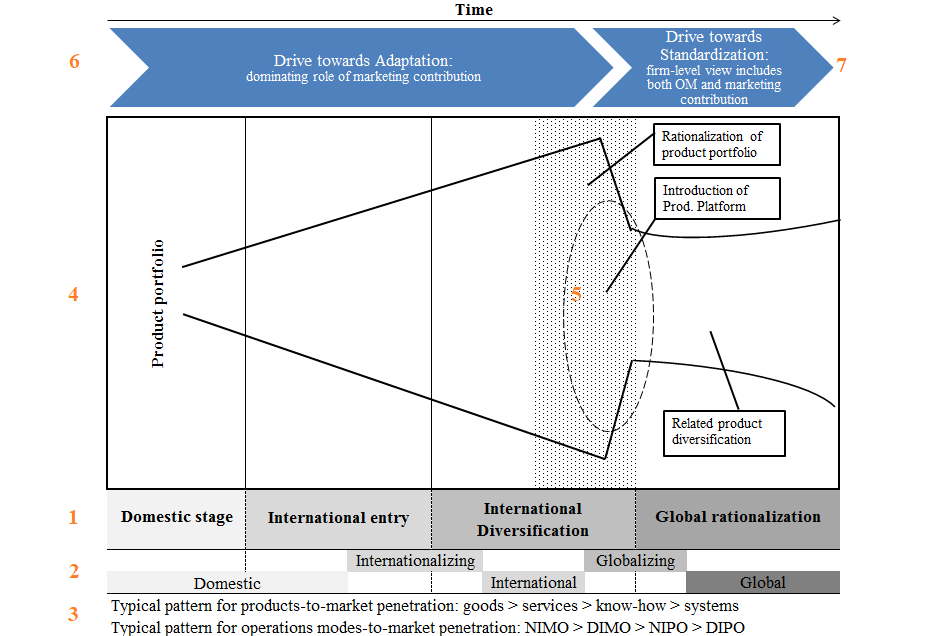
The common-sense dictates that the process of problem-solving in product design begins long before any solution is formulated; it starts with the ability to ask the right set of questions. Properly framing a problem is crucial, as it sets the direction for the entire inquiry and influences the quality of the solutions that follow. The meticulous questioning not only clarifies the issue at hand but also narrows the focus, guiding the problem-solver toward relevant data and insights. By identifying the core of the problem early on, the search for answers becomes both efficient and effective. Therefore, the act of questioning becomes not just a precursor but an integral step in finding solutions.
So, here is the wisdom:
A good question is half the answer.
Is there a good set of questions or one needs to re-invent the wheel every time?
If you need a set of questions for product design, below is a good one to properly formulate the problem coming from a back-in-the-nighties book. I stumbled into this gem while searching for a solution and found them very useful. Perhaps, you will find them useful too (Tooley, 2009, pp. 30–32; Roozenburg & Eekels, 1995, pp. 151–152):
- Performance: Which function(s) does the product have to fulfill? By what parameters will the functional characteristics be assessed? Accuracy? Speed? Power? Strength? Storage volume? Capacity?
- Environment: To which environmental influences is the container subjected during manufacturing, storing, transportation, and use: Temperature? Vibration? Humidity? Which effects of the container on the environment should be avoided?
- Life in service: How intensively will the container being used? How long does it have to last?
- Maintenance: Is maintenance necessary and available? Which parts have to be accessible?
- Target product cost: How much may the product cost, considering the prices of similar products?
- Transportation: What are the requirements of transport during production, and to location of use?
- Packaging: Is packaging required? Against which influences should the packaging protect the products during storage, transportation, in use?
- Quantity: What is the size of run? Is it a batch or continuous production?
- Manufacturing facilities: Should the container be designed for existing facilities? Are investments in new production equipment possible? Is (a part of) the production going to be contracted out?
- Size and weight: Do production, transport, or use put limits as to the maximum dimensions or weight?
- Aesthetics, appearance and finish: What are the preferences of the consumers, customers? Should the product fit in with a product line or house style?
- Materials: Are special materials necessary? Are certain materials not to be used (for example in connection with safety or environmental effects)?
- Product life span: How long is the product expected to be produced and marketable?
- Standards: Which standards (national and international) apply to the product and its production? Should standardisation within the company or industrial branch be taken into account?
- Ergonomics: Which requirements, with regard to perceiving, understanding, using handling, etc., does the product have to meet?
- Quality and reliability: How large may ‘mean times before failure’ and ‘mean times to repair’ be? Which failure modes, and resulting effects on functioning, should certainly not occur?
- Shelf life and storage: Are there during production, distribution, and use (long) periods of time in which the product is stored? Does this require specific ‘conservative’ measures?
- Testing: To which functional and quality tests is the product submitted, within and outside the company?
- Safety: Should any special facilities be provided for the safety of the users and nonusers? Disposal personnel?
- Product policy: Does the current and future product range impose requirements on the product? Is an update/upgrade of the containers possible?
- Social and political implications: What is the public opinion with regard to the product?
- Product liability: For which unintended consequences of production, operation, and use can the manufacturer be held responsible?
- Installation and operation: Which requirements are set by final assembly and installation outside the factory and by learning to use and operate the product?
- Reuse, recycling, and disposal: Is it possible to prolong the material cycle by reuse of materials? Parts? Can the materials and parts be separated for waste disposal?
If you are a product designer, the books below are worth every penny you may spend on them.
Sources:
Roozenburg, N. F. M. & Eekels, J. (1995). Product Design: Fundamentals and Methods. New York, NY: Willey.
Tooley, M. (Ed.), 2009. Design Engineering Manual. Butterworth-Heinemann, Burlington, MA
 Figure 1. Internationalization process canvas
Figure 1. Internationalization process canvas